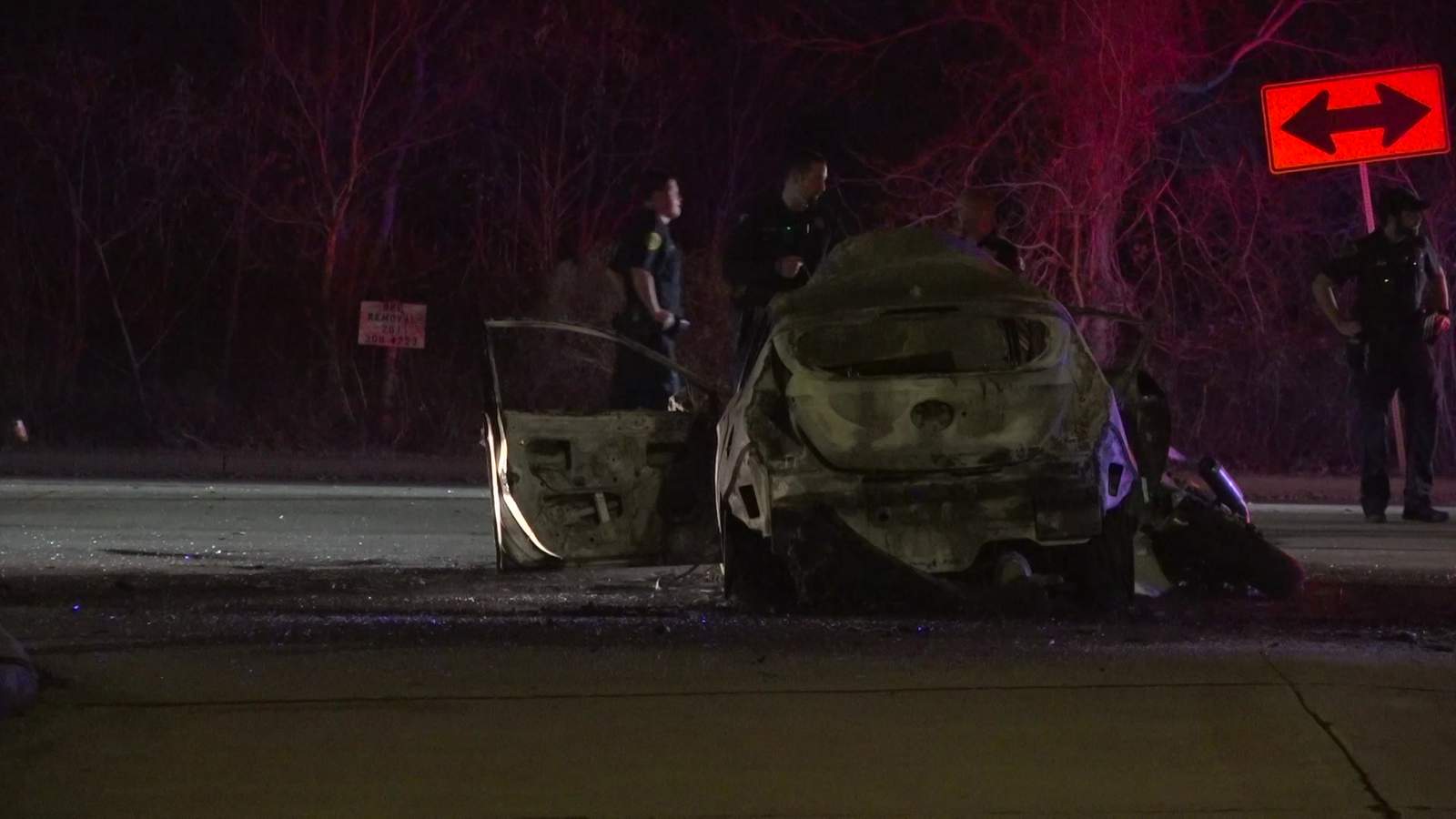The state’s high court recently ruled in a Texas personal injury case involving the notice requirements in lawsuits against government entities. According to the court’s opinion, two individuals were riding on a motorcycle when they hit a large mound of dirt on an unlit asphalt road in Killeen, Texas. While both driver and passenger initially survived the crash, they ultimately died as a result of their injuries. The accident victims’ relatives sued the city, claiming that the mound of dirt was a “special defect” for which the city was responsible. The city argued that the plaintiffs failed to give formal notice of the claim, as required under the Texas Tort Claims Act. In response, the plaintiffs argued that the city already had actual notice of the claim and therefore the plaintiffs should be excused from providing additional notice.
Under section 101.101(a) of the Texas Tort Claims Act, a claimant must provide a government entity with notice of a claim against it within six months of the “incident giving rise to the claim.” The notice must describe the incident, the time and place where the incident occurred, and the damage or injury that resulted. However, under section 101.101(c), a claimant does not need to provide notice if the governmental entity has “actual notice” that the claimant was injured, the claimant’s property was damaged, or that a death has occurred.
In a 2004 Texas Supreme Court case, the court held in order to have actual notice, the government must be subjectively aware of its alleged fault in the resulting death, injury, or property damage. The plaintiffs argued that the case should be overturned because this requirement was not part of the statute. However, the court declined to overturn its previous decision, and held that in this case, the city had actual notice.

 Texas Injury Lawyers Blog
Texas Injury Lawyers Blog

